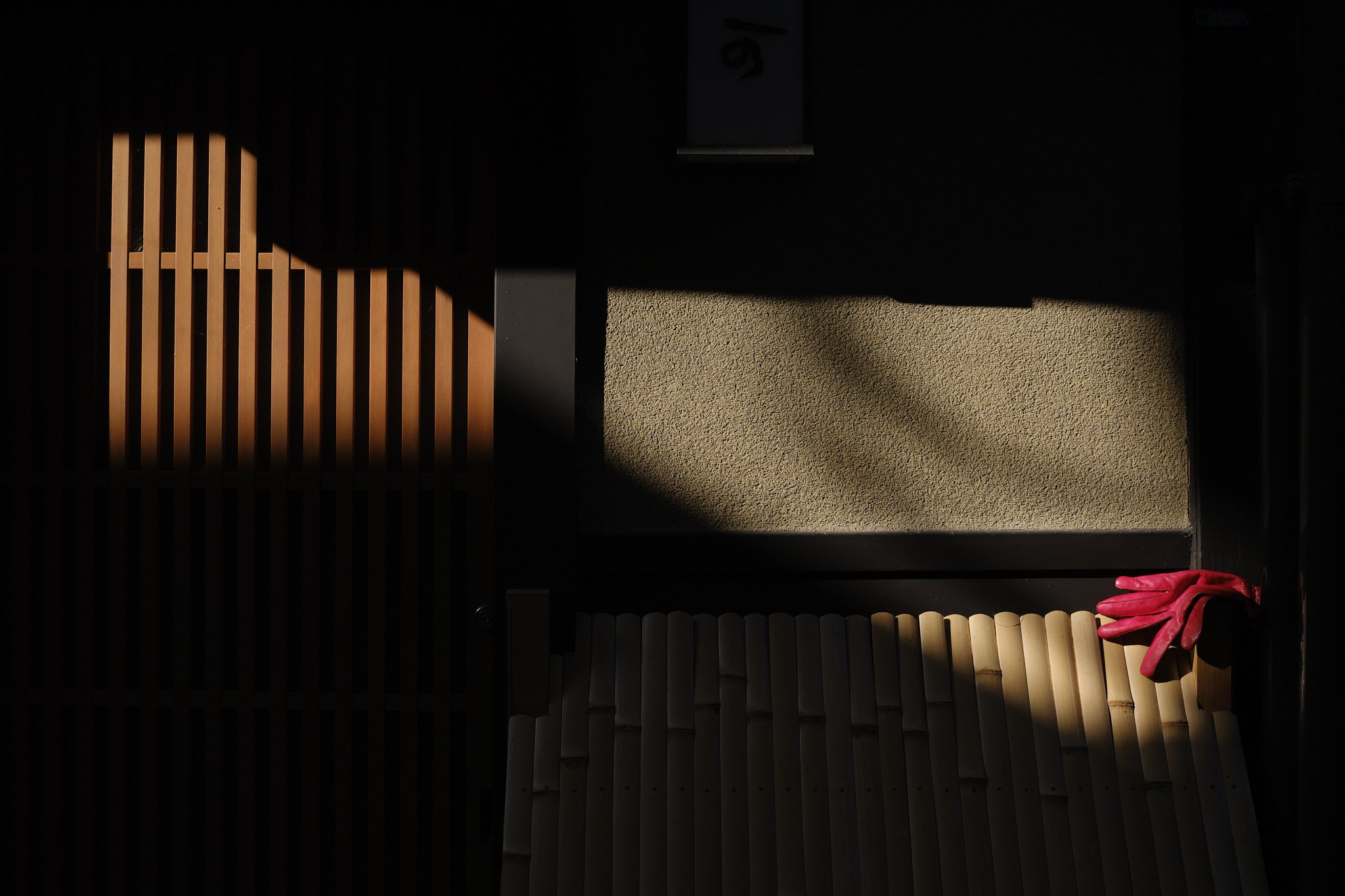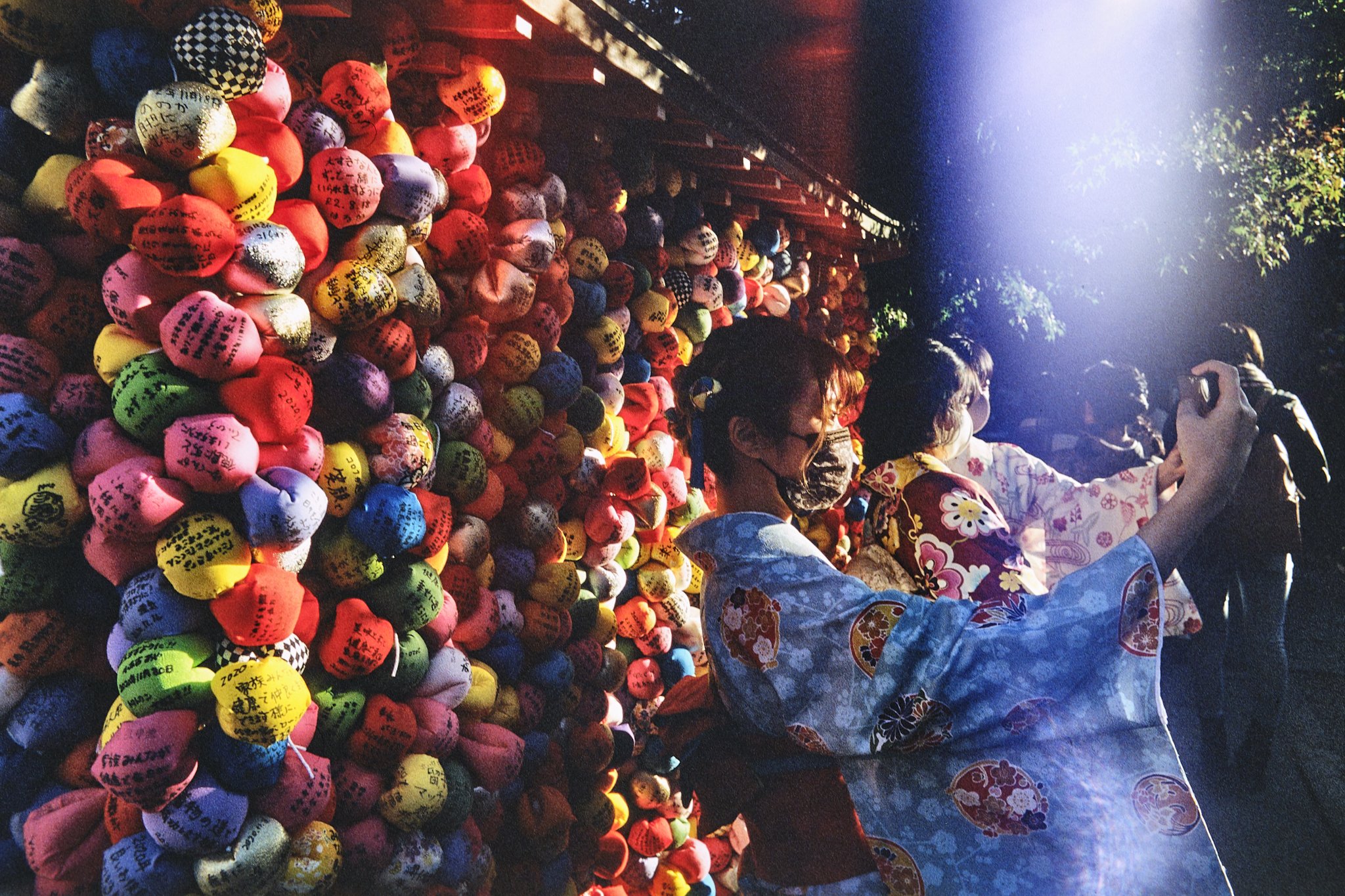Photographing Kyoto: My Experience Without Tourists
It has been nearly a year since I visited Kyoto and I wanted to write a little about my experience there before I forget it all.
The Historic Beauty of Japan
Perhaps no other place in Japan is better known for its historic architecture and culture than Kyoto. The streets are filled with fabulously ornate traditional buildings constructed of wood and the modern infrastructure surrounding the historic sites embrace the tradition in a way that doesn’t overwhelm the old structures.
The city was Japan’s capital from 794 to 1868, which is only about 800 years longer than the United States has existed as an independent nation. So yes, I think it is fair to say there is a lot of history worth preserving there. There was classic beauty everywhere I looked.
Autumnal Color
There was also red everywhere I looked. As a symbol of strength and luck, the color red is omnipresent in Japan. It adorns the torii gates, shrines, and paper lanterns in the streets as well as the souvenirs in the shops. We visited during the early days of December and the Japanese Maples were in all their glory. I can’t recommend a visit during this timeframe enough. Since our visit the Japanese Maple has taken its place as my all-time favorite tree. I will definitely have one in my forever home someday.
Red became a prominent theme in my photographs during the trip. This happened naturally and was not a premeditated decision. However, as I review the photos to write this, it is clear the impact the color had on the set of photographs I captured.
The Gear
I usually travel light with regard to gear. I learned long ago that the more gear I carry, the more I worry about using it all and the less I worry about making photos. This is one of the reasons I got into street photography, and I think a lot of other street photographers will have some version of the same sentiment.
On this trip, I decided to make a video to record our family memories in addition to photos. Sometimes I do this and I really enjoy the end result, but it is a lot of work. Because I knew my camera would be spending a lot of time on a monopod wired up to video mics, I brought along a point-and-shoot as well as an analog camera for still frames.
The point-and-shoot camera is a fixed lens 35mm-equivalent that is popular among street photographers. The analog camera was an old Cannon AT-1 and a few rolls of Kodak Ektachrome. This was before the price skyrocketed - oh how I miss those days.
The film camera turned out to be great for my creative process. It really slowed me down and forced me to make a deliberate switch from video to still photo. This particular model of camera has a built-in light meter, but does not include and “auto” functions, such as aperture priority mode.
The Impact of COVID
If you search tourism in Kyoto today, you are likely to find dozens of articles listing the impact of the pandemic on the tourism industry there. We visited in 2021, when cities were first opening for outside visits. On the way, we needed to monitor ever-changing guidelines on government websites to determine what we could visit and what procedures to follow.
This was a blessing and a curse. I would hope no one is counting the devastating impacts of COVID as a positive event, but through the course of human experience some positive memories have been drawn from its shadows. One of those memories, for me, is the opportunity to experience Kyoto with very few tourists. I was able to see the city in a way that hasn’t been possible in a very long time.
I would be interested to go back sometime when Kyoto’s tourism industry returns to full operation. Of course, there were a lot of museums and attractions that were closed or required advanced planning that we missed. But the chance to photograph a nearly empty Kyoto is something that I will not soon forget.









